Prevention of Tungiasis and Tungiasis-Associated Morbidity Using
4.5 (188) In stock
Author Summary Tungiasis (sand flea disease) is a parasitic skin disease present in many resource-poor communities in South America, the Caribbean and sub-Saharan Africa. In this setting tungiasis is associated with important morbidity. Hitherto, the only effective treatment is the surgical extraction of embedded sand fleas. In the endemic areas this is done using inappropriate sharp instruments and causes more harm than good. The prevention of the infestation is the only option to control morbidity. In this study we show that the twice daily application of a herbal repellent based on coconut-oil (Zanzarin), is highly effective in preventing sand flea disease in a heavily affected community in Madagascar. The attack rate became zero immediately after starting the application of the repellent. The degree of tungiasis associated morbidity approached zero within 10 weeks. In contrast, the availability of closed solid shoes had only a marginal protective effect; although shoes were requested by the villagers and wearing shoes was encouraged by the investigators at the beginning of the study. In a control group from the same village the attack rate, the intensity of infestation and of tungiasis-associated morbidity remained unchanged. Our study in rural Madagascar shows that effective und sustainable morbidity control is possible using a repellent derived from coconut oil.

PDF) Prevention of Tungiasis and Tungiasis-Associated Morbidity Using the Plant-Based Repellent Zanzarin: A Randomized, Controlled Field Study in Rural Madagascar
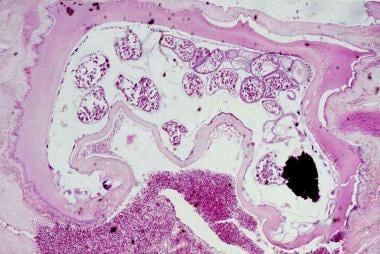
Tungiasis Workup: Approach Considerations, Histologic Findings, Imaging Studies
Tungiasis-related life quality impairment in children living in rural Kenya

Regression of severe tungiasis-associated morbidity after prevention of re-infestation: a case series from rural Madagascar.

Sustainable control of tungiasis in rural Nigeria: a case for One Health

TropicalMed, Free Full-Text

Tungiasis SpringerLink

Investigation of Human Tungiasis Cases, Sheema District, Uganda, November 2021 – February 2022 - UNIPH
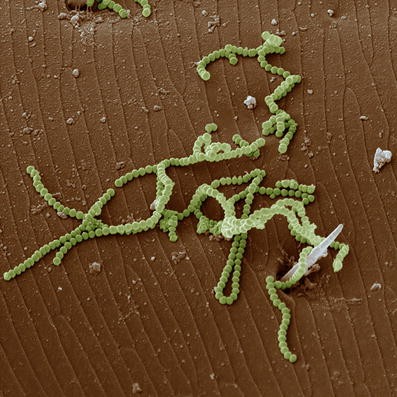
Tungiasis (sand flea disease): a parasitic disease with particular challenges for public health
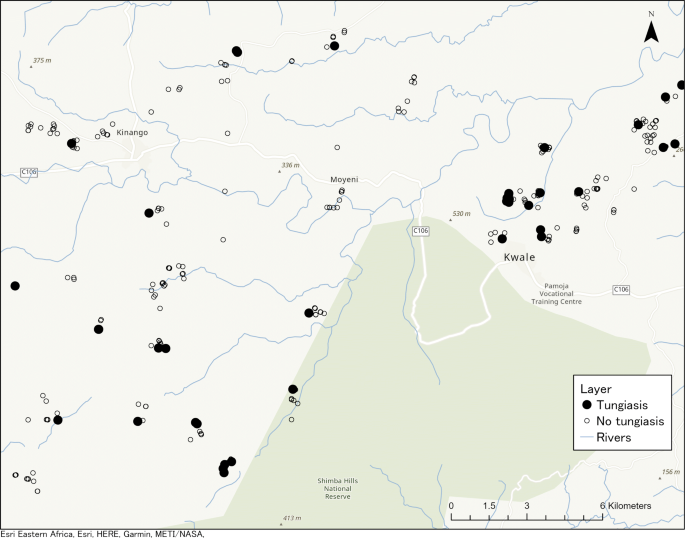
Presence of dogs and proximity to a wildlife reserve increase household level risk of tungiasis in Kwale, Kenya, Tropical Medicine and Health

Age-specific prevalence and intensity of tungiasis in the study area.
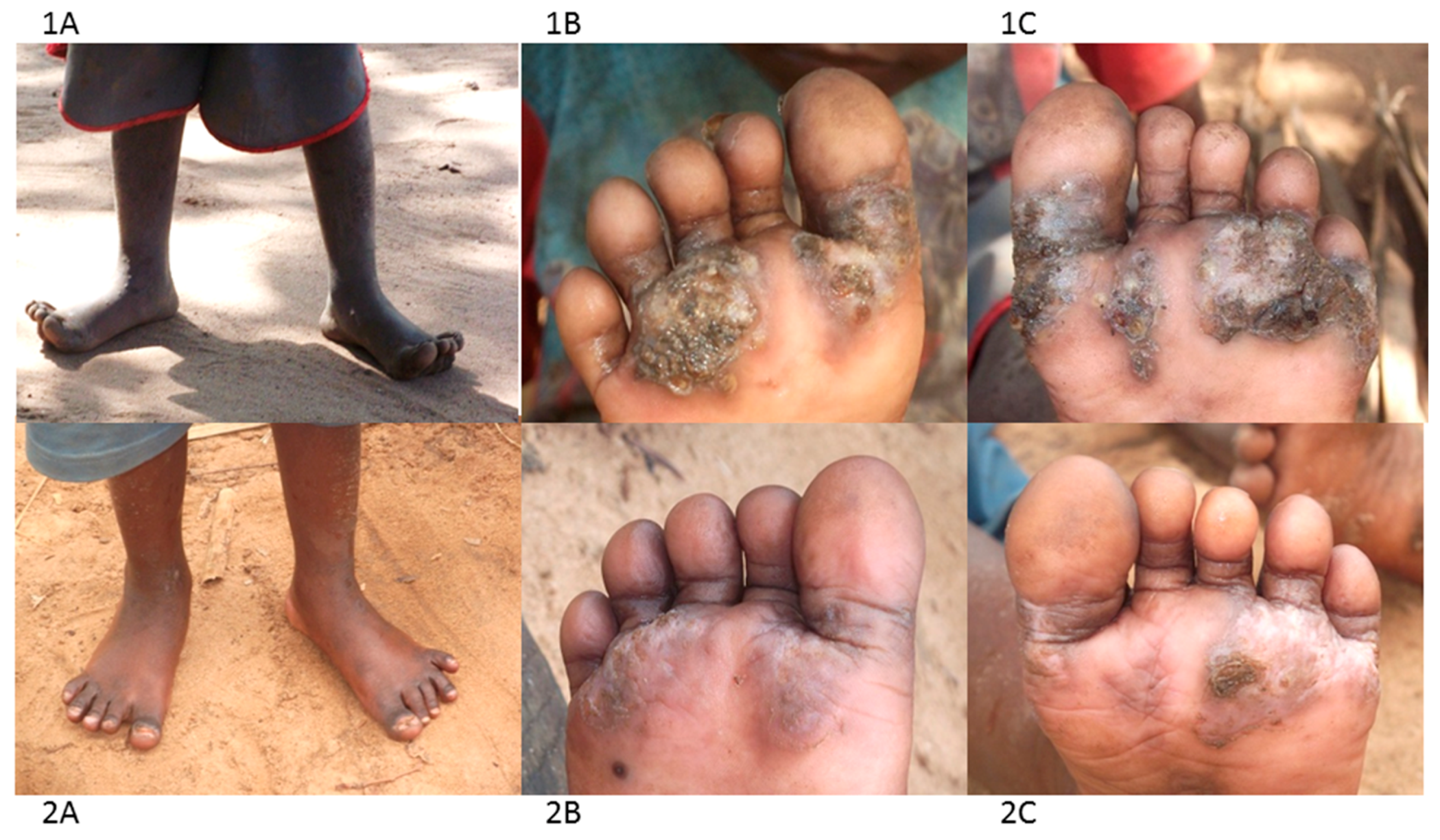
TropicalMed, Free Full-Text
Prevention of Tungiasis and Tungiasis-Associated Morbidity Using the Plant-Based Repellent Zanzarin: A Randomized, Controlled Field Study in Rural Madagascar
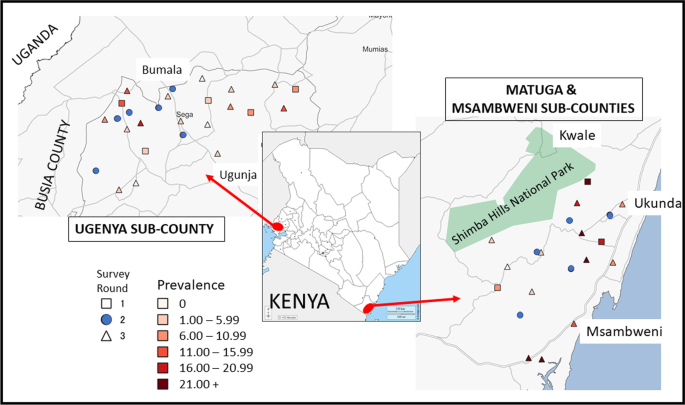
Characterization of tungiasis infection and morbidity using thermography in Kenya revealed higher disease burden during COVID-19 school closures, Infectious Diseases of Poverty
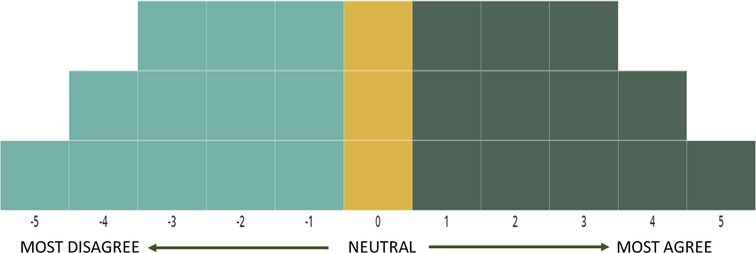
Frontiers Measuring educational neglect using the Q method: A model based on the burden of disseminated tungiasis
Sand fleas hi-res stock photography and images - Alamy
→ triangle indicates newly penetrated sand fleas; ▴ indicates
Warning over nasty 'jigger' bug so tiny you can't see it but has
 Free Fire - Screenshots Photo #023 — Steemit
Free Fire - Screenshots Photo #023 — Steemit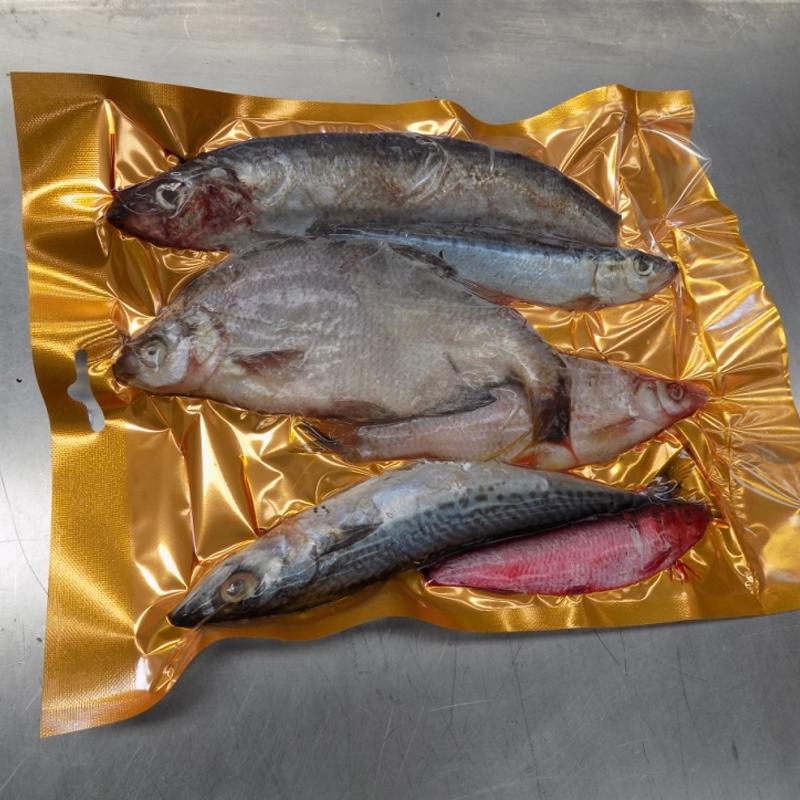 Pike Pack (7 Fish), Pike Fishing Bait, Low Prices
Pike Pack (7 Fish), Pike Fishing Bait, Low Prices Sage Fly Fishing - FOUNDATION Outfit - Fly Rod, Reel India
Sage Fly Fishing - FOUNDATION Outfit - Fly Rod, Reel India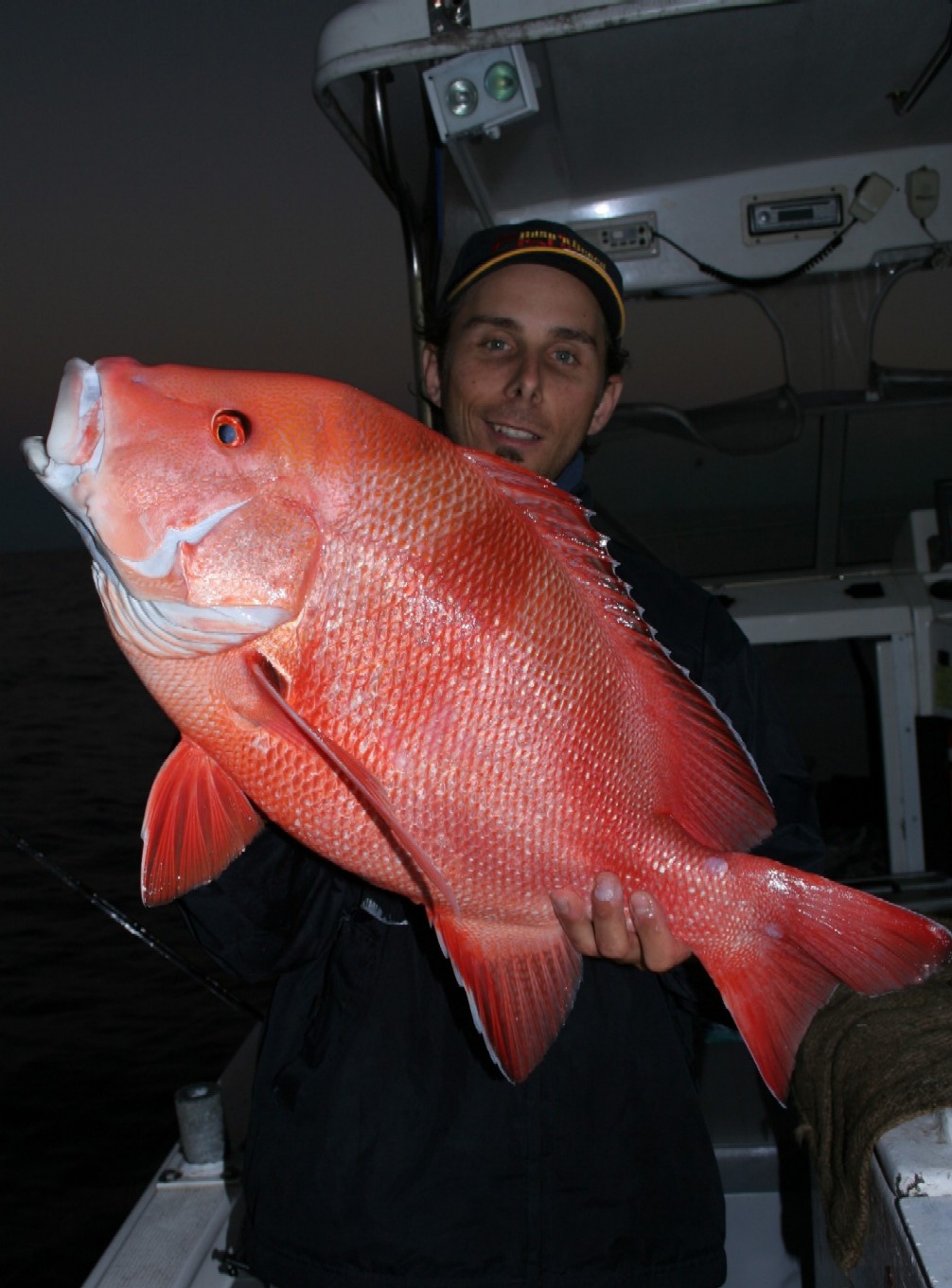 Offshore Barwon Banks, Hards & Double Island Point 2007 - Wicked
Offshore Barwon Banks, Hards & Double Island Point 2007 - Wicked- ATC Virtuous SW Spinning Reels, The ATC Virtuous SW spinning reels incorporate some of the latest technology, built to take on the toughest fighting species of fish. Featuring a dual
 COMPETITION GOLD HOOK BOILIES - HARD OR SOLUBLE - Bucovina Baits
COMPETITION GOLD HOOK BOILIES - HARD OR SOLUBLE - Bucovina Baits
